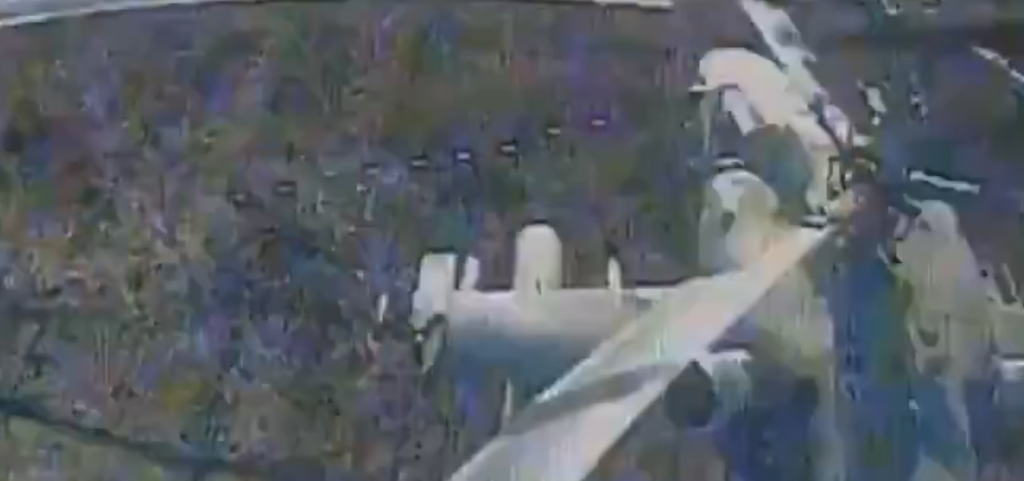Their effectiveness lies in their ability to exploit vulnerabilities.
Others are reading now
The war in Ukraine has become a proving ground for modern military tactics and technology.
From precision strikes to improvised weaponry, the conflict has showcased how innovation can level the playing field against advanced and costly systems.
Both sides have had to adapt, using a mix of traditional weapons and creative solutions to achieve their objectives in an ever-evolving battlefield.
Also read
Exploits Vulnerabilities
In one recent incident, a Ukrainian FPV drone costing just a few thousand dollars narrowly missed a $16 million Russian Ka-52 “Alligator” attack helicopter.
The event, captured on video near the Kursk region, shows the growing threat posed by inexpensive but effective drones against some of the most advanced military assets.
FPV drones, often assembled from commercially available parts, have become a vital tool in Ukraine’s arsenal.
Costing as little as $2,000 to $3,000 when paired with explosives, these drones can destroy or disable high-value targets like tanks and helicopters.
Their effectiveness lies in their ability to exploit vulnerabilities, such as a helicopter’s tail rotor, which can cause catastrophic failure if damaged.
The Ka-52, however, is a unique challenge. Designed with counter-rotating main rotors, it eliminates the need for a tail rotor, making it more resistant to such attacks.
Pilots also benefit from advanced weaponry and defensive systems, but even these features do not guarantee immunity from drones.
In this case, the FPV drone came within inches of striking the helicopter, showcasing the precision and danger these low-cost devices present.
The Ka-52’s survival depended on its speed and maneuverability, as well as the difficulty of targeting a fast-moving helicopter.
Electronic warfare pods remain the primary defense against drones, creating a protective bubble that blocks control signals.
However, some advanced drones using fiber optics or artificial intelligence can bypass these measures, posing a persistent threat.


